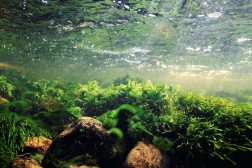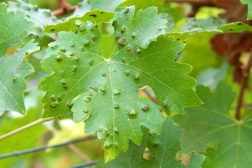Definition
noun
Heterochromatin that may lose its condensed state and becomes genetically active
Supplement
Heterochromatin pertains to the darkly stained regions of the chromatin in the interphase nucleus. The lightly stained regions are referred to as euchromatin. The heterochromatic regions indicate tightly packed genetic material and undergo relatively little change in the degree of condensation as it passes through the cell cycle. They are usually found in the periphery of the nucleus. It is described to be genetically inactive due to the inaccessibility to polymerases, thus, evading transcription. There are different heterochromatin varieties, e.g. constitutive heterochromatin and facultative heterochromatin.
Facultative heterochromatin is less dense than the constitutive heterochromatin. Constitutive heterochromatin is repetitive, more condensed, and stays in this state throughout the cell cycle. In comparison, facultative heterochromatin is not repetitive. It may also lose its condensed state and become transcriptionally active. Its condensed state, therefore, is not permanent as it is in constitutive heterochromatin. It goes through periodic dispersal under specific developmental or environmental signaling cues.1
An example of facultative heterochromatin is the Barr body, i.e. the inactive X chromosome in a female somatic cell.
Compare:
See also:
Reference(s):
1 Oberdoerffer, P; Sinclair, D (2007). “The role of nuclear architecture in genomic instability and ageing”. Nature Reviews Molecular Cell Biology 8: 692–702.







